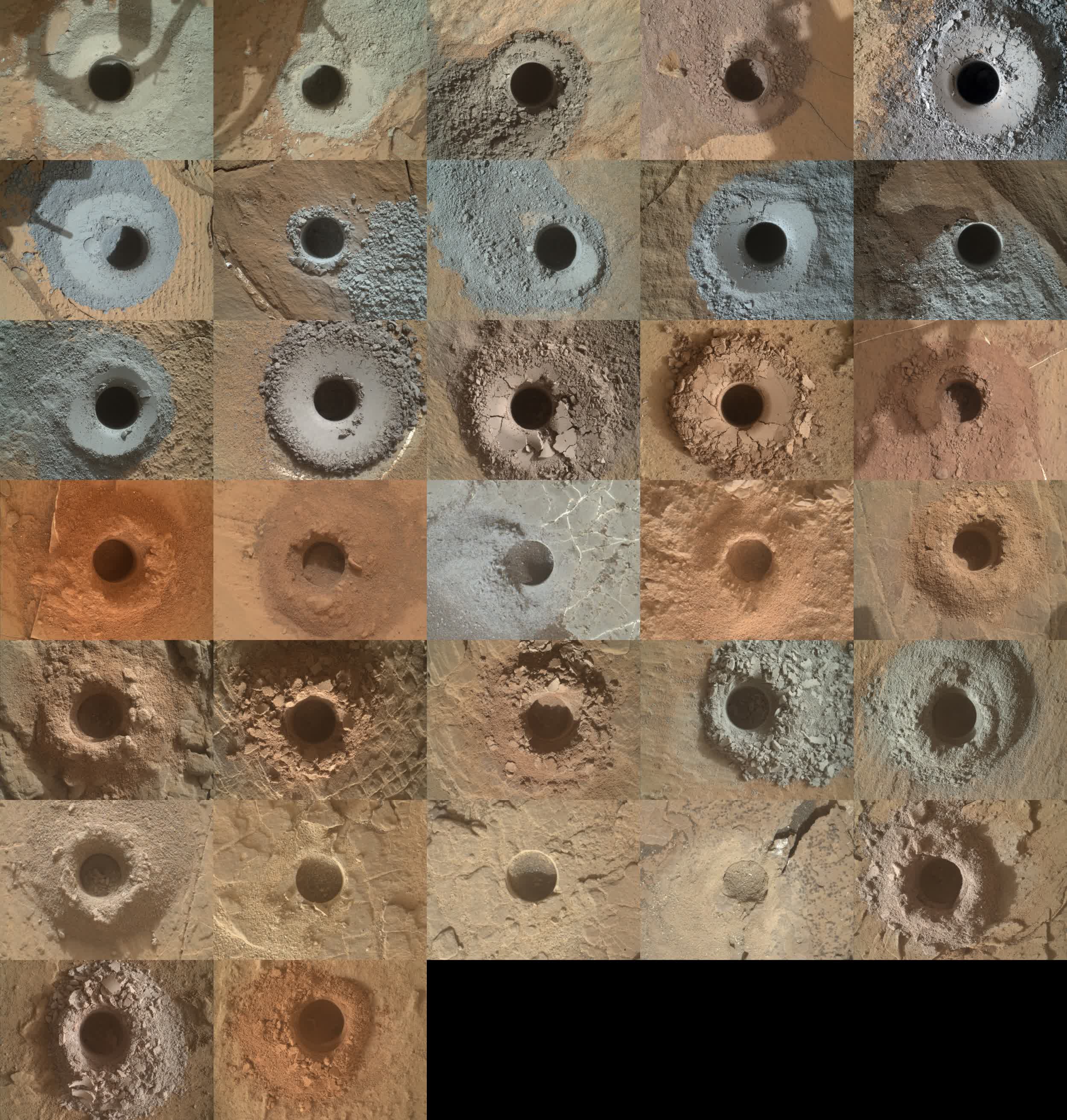The big picture: Curiosity isn't just a sight-seeing expedition. One of the project's main goals is to study the environment to learn more about how Mars' climate changed over time. "The rocks here will begin to tell us how this once-wet planet changed into the dry Mars of today, and how long habitable environments persisted even after that happened," said Curiosity Deputy Project Scientist Abigail
As we humans grapple with the possibility (or impossibility) of extraterrestrials visiting Earth, NASA has essentially been doing the same thing on other planets for decades now. Take nearby neighbor Mars, for example.
NASA's Curiosity rover left our home planet in late 2011 and touched down on the Red Planet in August 2012. The car-sized rover has since spent nearly a decade traversing the rocky surface of Mars, driving more than 16 miles in the process and sending back detailed images of everything it's seen along the way.
In a recent video published on YouTube, NASA's Jet Propulsion Laboratory shared a fascinating panorama showcasing the rover's current position 1,500 feet above the landing site on Mount Sharp.

From this vantage point, we get a solid look of a darker region of sand created from broken pieces of volcanic rock. Fraeman also points out how clear the air is due to it being winter on Mars, allowing us to see to the rim of Gale crater roughly 20 miles away.
Aside from a brief scare in 2019, Curiosity has been performing as expected. So long as that continues to be the case, NASA will likely keep using the rover to learn as much as it can about the Red Planet. Its predecessor, Opportunity, managed to survive for more than 14 years before it finally bit the bullet and was declared dead in 2019.